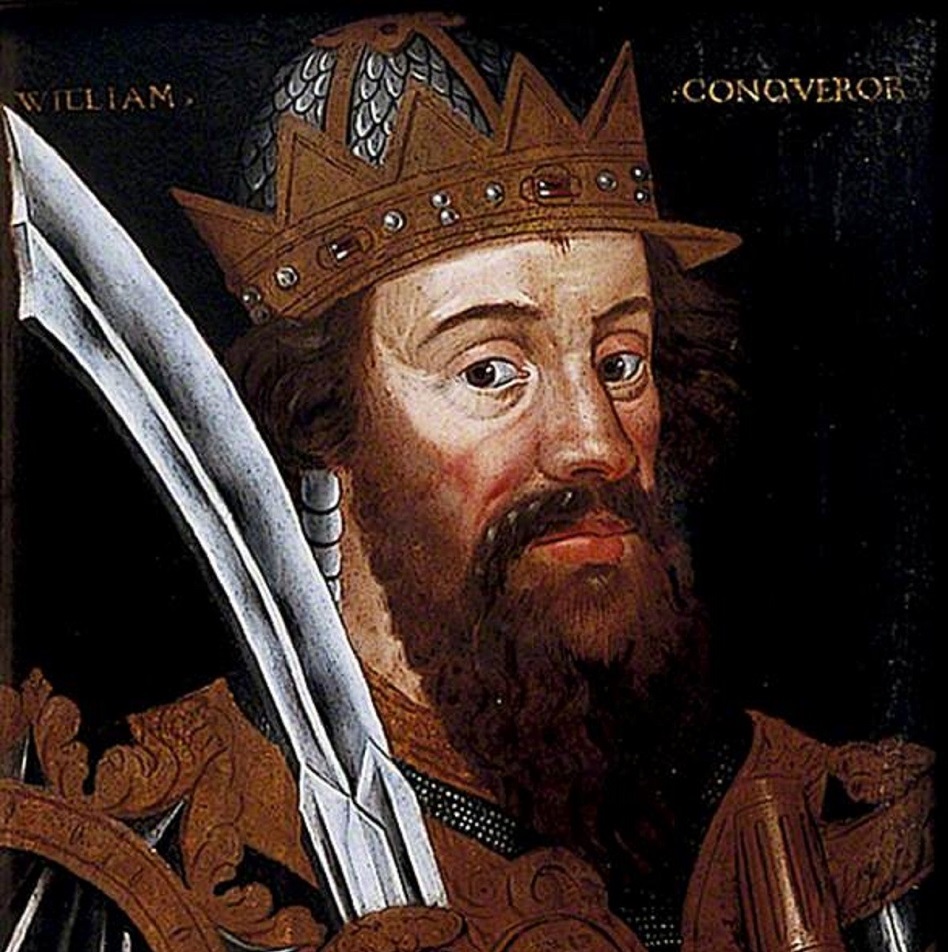James Cracknell takes a closer look at the landmark 11th Century publication and how it informs our knowledge of the borough

Domesday Book is famous for being the first attempt made to survey England’s population and land in detail, providing an invaluable source of information for historians.
Having been completed in 1086 by command of William the Conqueror, 20 years after he became the first Norman monarch of England, Domesday contains a record of the country’s settlements, who lived there, and what assets they held.
The book still exists today, safely held by The National Archives at Kew, and extracts from its pages can be downloaded for free via its website – although you’d need to be familiar with Medieval Latin to read them.
So what can Domesday tell us about this part of the world in the 11th Century?
Within the modern borough of Enfield, just two places boast a Domesday record; Enfield and Edmonton. The first thing to note is that, in contrast to the modern arrangement of Edmonton being a settlement within Enfield borough, in 1086 Enfield was a settlement within Edmonton Hundred, one of six subdivisions of Middlesex that comprised not just Enfield and Edmonton but also Tottenham and South Mimms.
Enfield was the biggest of these four settlements, recording 114 households. Of these, 57 were “villars” (villagers), 20 were “bordars” (smallholders), 30 were “cottars” (cottagers), six were slaves, and one was a priest. Edmonton was smaller, recording 52 villagers, 17 smallholders, 14 cottagers and four slaves, but both are said to be among the largest 20% of settlements recorded in Domesday.
In Enfield, the mention of a priest – said to hold 30 acres of land – gives rise to the obvious question; surely that means there was a church? Domesday does not confirm the name of any specific place of worship, but given that St Andrew’s Church in Enfield Town was first recorded in writing in 1136, it is thought likely to have also existed at the time of Domesday.
In terms of land and resources, Enfield is recorded as having 24 “ploughlands”, four “lord’s plough teams” and 16 “men’s plough teams”, while Edmonton boasted a slightly greater agricultural capacity of 26 ploughlands, four lord’s plough teams and 22 men’s plough teams.
Both Enfield and Edmonton are said to have had access to a woodland containing 2,000 pigs and a mill worth ten shillings. This mill is today thought to have occupied the site of Wright’s Flour in Ponders End, on the River Lea, and gives rise to the family-owned company’s claim that milling has taken place on its land for a thousand years.
Another nugget of information we get from Domesday is that Enfield was, in 1086, valued as being worth £50, while Edmonton is valued at £40, suggesting perhaps that there was an economic divide between the two areas as long ago as a millennium ago.
The owner of these lands, and indeed much of the rest of Middlesex and Essex at the time, was listed by Domesday as being Geoffrey de Mandeville, one of the richest magnates of the reign of William I. Geoffrey also served as the first sheriff of London and Middlesex and as a constable of the Tower of London.
Among the many landmarks and streets named after Geoffrey today is De Mandeville Retail Park in Southbury Road – home to Argos, Harveys and PC World.
Explore Domesday Book online:
Visit opendomesday.org
 No news is bad news
No news is bad news
Independent news outlets like ours – reporting for the community without rich backers – are under threat of closure, turning British towns into news deserts.
The audiences they serve know less, understand less, and can do less.
If our coverage has helped you understand our community a little bit better, please consider supporting us with a monthly, yearly or one-off donation.
Choose the news. Don’t lose the news.
Monthly direct debit
Annual direct debit
£5 per month supporters get a digital copy of each month’s paper before anyone else, £10 per month supporters get a digital copy of each month’s paper before anyone else and a print copy posted to them each month. £50 annual supporters get a digital copy of each month's paper before anyone else.
More information on supporting us monthly or yearly
More Information about donations









 Enjoying Enfield Dispatch? You can help support our not-for-profit newspaper and website from £5 per month.
Enjoying Enfield Dispatch? You can help support our not-for-profit newspaper and website from £5 per month.